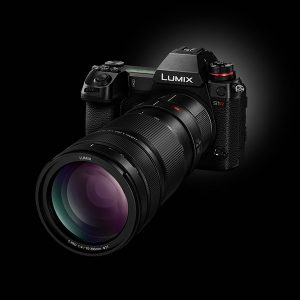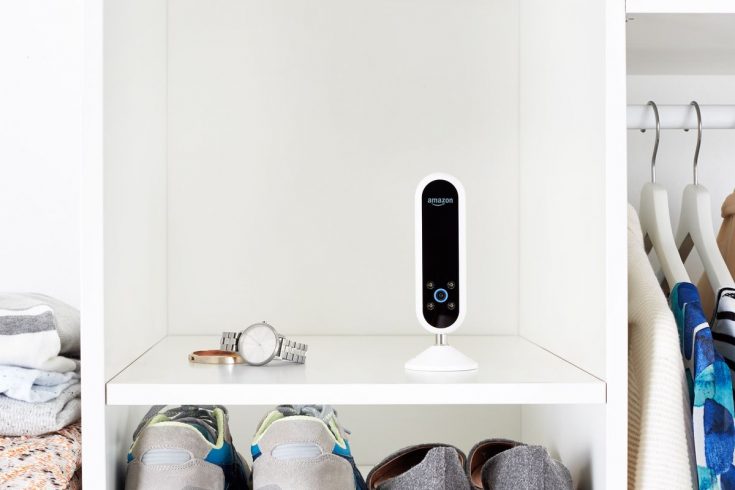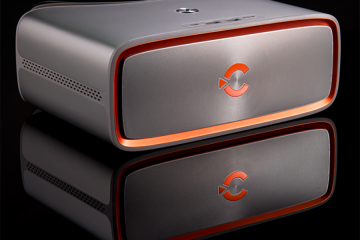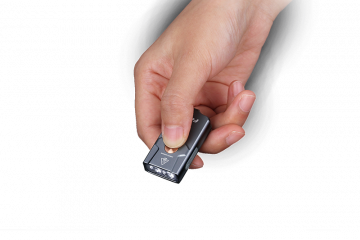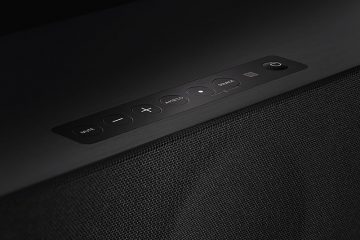The LUMIX line has a reputation for being the best of the best when it comes to mirrorless cameras for both photography and video, with the GH5 quickly establishing itself as the go-to for compact, mirrorless 4k recording. Panasonic is now leveling the line up again, with the new S1H – a full-frame, single lens, mirrorless camera that can record in whopping 6K resolution.
Contents
Powerful Recording Choices
The S1H isn’t just capable of recording in 6K. It’s also capable of recording in several different formats, resolutions and frame rates. The big one here, that everyone is paying attention to, is the 6K, 24P resolution with a 3:2 aspect ratio. But it’s also capable of shooting in 5.9K/30P with a 16:9 aspect ratio. And it’s the first camera in the world to do so.
Panasonic also says it is the world’s first full-frame, digital interchangeable lens system camera (aka, it’s mirrorless) that can shoot in 10-bit 60p 4K video. It also shoots in 4:3 anamorphic mode. So if it’s recording options you’re looking for…you’ll find them on this camera.
Wide Color Space Designed For Cinema
Panasonic wants this camera to be used for all kinds of cinema uses. They’ve prepped it for just that. With both V-Log and V-Gamut, it’s got a wide dynamic range of 14 stops. That’s essentially the same dynamic range and color space as Panasonic’s VariCam (meant for professional cinema use). This means it picks up incredible color and texture in varied, often challenging, lighting conditions.
Cinema-Focused Features + Specs
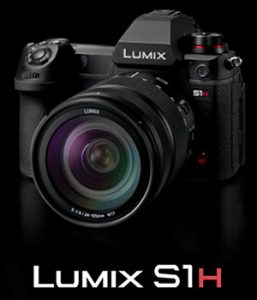
To accommodate professional videographers, Panasonic designed the S1H to shoot non-stop in ALL modes…This way, you can record literally hours of footage without missing a single beat. They’ve equipped it with the same auto-focus and IBIS as the original S1, allowed it to be powered though USB-C, and formatted it to record to both SD an XQD cards.
It’s essentially designed to fill a gap in the market – a true, “affordable” mirrorless designed for videography and cinema-level filming. We say “affordable” because, at a roughly $4,000 asking price, it’s hardly cheap. But for dedicated cinematographers, it’s a worthy option far less expensive than true cinema cameras (like Arri) while packing in nearly indistinguishable video quality.
It’ll be out sometime this fall.

